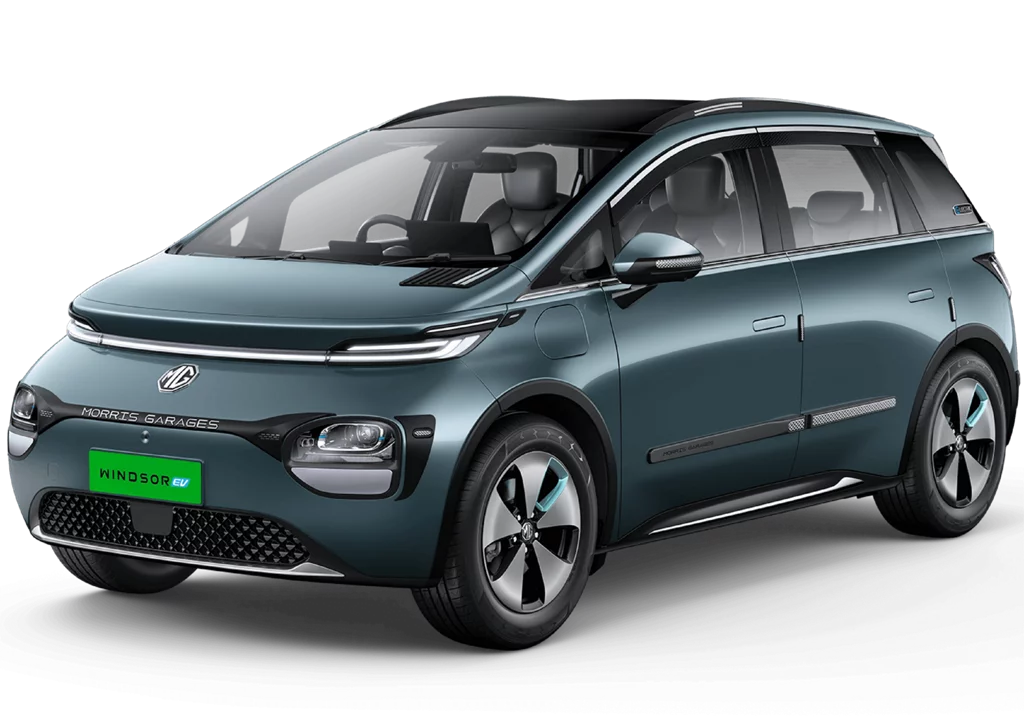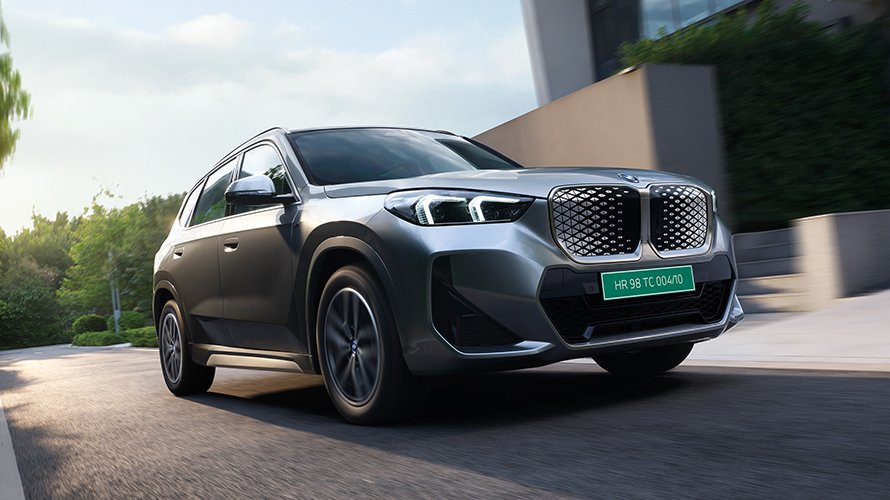China’s state-owned SAIC Motor, the parent of the British heritage brand MG, is dialing back its ambitions in India. In a move that underscores the persistent geopolitical frictions between India and China, SAIC is set to dilute its 49% stake in the JSW MG Motor India joint venture (JV) and pause fresh investments, according to sources familiar with the matter. While SAIC insists it won’t fully exit the market—promising continued technology and product support—the decision raises profound uncertainties for the JV, which was formed in 2024 to fuel MG’s growth in the world’s third-largest auto market. With JSW Group, India’s steel-to-energy conglomerate, already holding a 35% stake, the future of this partnership hangs in the balance. In this article, we explore the backdrop to SAIC’s pullback and outline key possibilities for the MG-JSW JV
The Backstory: A JV Born of Ambition, Hamstrung by Politics
SAIC entered India in 2019 by acquiring General Motors’ Halol plant in Gujarat, rebranding it as MG Motor India and investing over $650 million to ramp up production. The company quickly gained traction, especially in electric vehicles (EVs), becoming India’s second-largest EV player after Tata Motors, with sales surging from 16,500 units in 2019 to over 61,000 in 2024. Models like the ZS EV and Windsor EV propelled MG’s EV share to a targeted 65% of sales by 2025
However, India’s 2020 foreign direct investment (FDI) curbs—requiring prior government approval for investments from bordering nations like China—threw a wrench in SAIC’s plans, following a deadly border clash that year. To circumvent these, SAIC partnered with JSW Group in March 2024, diluting its stake to 49% while JSW took 35%, with the remaining 16% held by Indian funds, dealers, and employees. The JV aimed to inject $1.5 billion for expansion, including a $240 million EV push and new models every 3-6 months.
Fast-forward to September 2025: Despite high-level diplomatic efforts to thaw ties, SAIC’s investment proposals remain stalled. Compounding this, JSW’s talks with rival Chinese firm Chery Automobile for a separate tech partnership have irked SAIC, fueling valuation disputes. The JV, while turning profitable on the Windsor EV’s success, still grapples with losses and regulatory delays. SAIC’s retreat signals a pivot to its home market and Europe, leaving JSW to shoulder more burden.
Possibilities for the MG-JSW Joint Venture: Scenarios Ahead
SAIC’s dilution—potentially slashing its stake significantly—won’t dissolve the JV overnight, but it could reshape its trajectory. JSW has expressed interest in acquiring most of the stake, though pricing remains a sticking point. Here are four plausible paths forward:
1. JSW Takes Majority Control: A Full Indian Pivot
The most likely outcome is JSW ramping up to a controlling 70-80% stake, using internal funds to buy out SAIC. This would grant JSW autonomy over strategy, allowing faster localization and EV launches under the MG banner. SAIC’s tech supply chain would persist via licensing deals, but JSW could infuse its manufacturing prowess—drawing from steel and energy synergies—to cut costs. In July 2025, JSW signaled this shift, eyeing majority ownership amid SAIC’s funding freeze. Upside: Accelerated growth, with JSW’s $300-350 million PE fundraise in April 2025 fueling new models. Downside: Potential tech gaps if SAIC withholds advanced EV IP.
2. Infusion of New Investors: Dilution and Expansion
To bridge funding needs, the JV could court private equity or sovereign funds, further diluting SAIC. Climate-focused investors, already eyeing JSW MG’s EV ambitions, could inject $300-350 million for capacity upgrades at Halol (target: 200,000 units annually) and new Gujarat plants. This mirrors SAIC’s 2023 strategy, where it offloaded stakes to IndoEdge Fund (8%) and others. With EVs projected to hit 30% market share by 2030, fresh capital could fast-track five new launches in 2025-26, including the Cyberster roadster. Risk: Dilution erodes SAIC’s influence, potentially straining tech ties, but bolsters Indian control amid “Make in India” pushes.
3. Rebranding to JSW-Led Identity: A Clean Break from MG
If valuations sour, JSW might rebrand the JV under its own banner, phasing out the MG marque while retaining SAIC’s tech as a supplier. JSW is already developing JSW-branded EVs (passenger by 2027, commercial by 2026) via separate Chinese licensing pacts—possibly with Chery—bypassing SAIC. This could merge MG operations into JSW’s ecosystem, leveraging its 100+ dealer network for a unified push. Pros: Avoids China-linked scrutiny, aligns with JSW’s $23 billion conglomerate muscle. Cons: Losing MG’s 100-year British heritage could dent brand equity in a market where Tata and Mahindra dominate EVs.
4. Stalemate or Wind-Down: The Worst-Case Scenario
A prolonged valuation deadlock could stall the JV, delaying expansions and eroding market share to rivals like Tata (40% EV lead) and Hyundai. With Tesla’s India entry looming and Maruti Suzuki’s EV pivot, MG’s 61,000-unit sales could stagnate. In extremis, a partial wind-down might see SAIC retain a minority tech-licensing role, but JSW spinning off assets—risking job losses at Halol’s 1,000+ workforce. This echoes broader Chinese firm retreats, like Great Wall Motor’s 2021 shelving of India plans.
| Scenario | Likelihood | Key Enabler | Potential Impact on MG Sales |
|---|---|---|---|
| JSW Majority Control | High | Internal JSW Funding | Growth to 100k+ units by 2027 |
| New Investor Infusion | Medium | PE/Sovereign Funds | EV Share Hits 70% |
| JSW Rebranding | Medium | Chery/Other Tech Deals | Brand Refresh, 10-15% Dip |
| Stalemate/Wind-Down | Low | Valuation Impasse | Stagnation, Market Share Loss |
Broader Implications: A Wake-Up Call for Indo-China Auto Ties
SAIC’s step-back highlights how geopolitics trumps business: Despite India’s EV incentives under FAME-III, Chinese firms face a trust deficit. For MG, it means navigating a crowded field—Tata’s Curvv EV and Mahindra’s BE 05—without full parental backing. JSW’s resilience, via fundraises and diversification, offers hope, but success hinges on swift resolutions.
Conclusion: Resilience Over Retreat
The MG-JSW JV isn’t doomed, but SAIC’s dilution tests its mettle. A JSW-led revival seems probable, leveraging India’s EV boom (projected $200 billion by 2030) to thrive. As Parth Jindal of JSW noted in 2024, this “momentous joint venture” could yet disrupt the sector—if politics doesn’t derail it further. For now, eyes are on negotiations: Will JSW seize control, or will tensions unravel a promising alliance? The road ahead is bumpy, but India’s auto story rolls o



